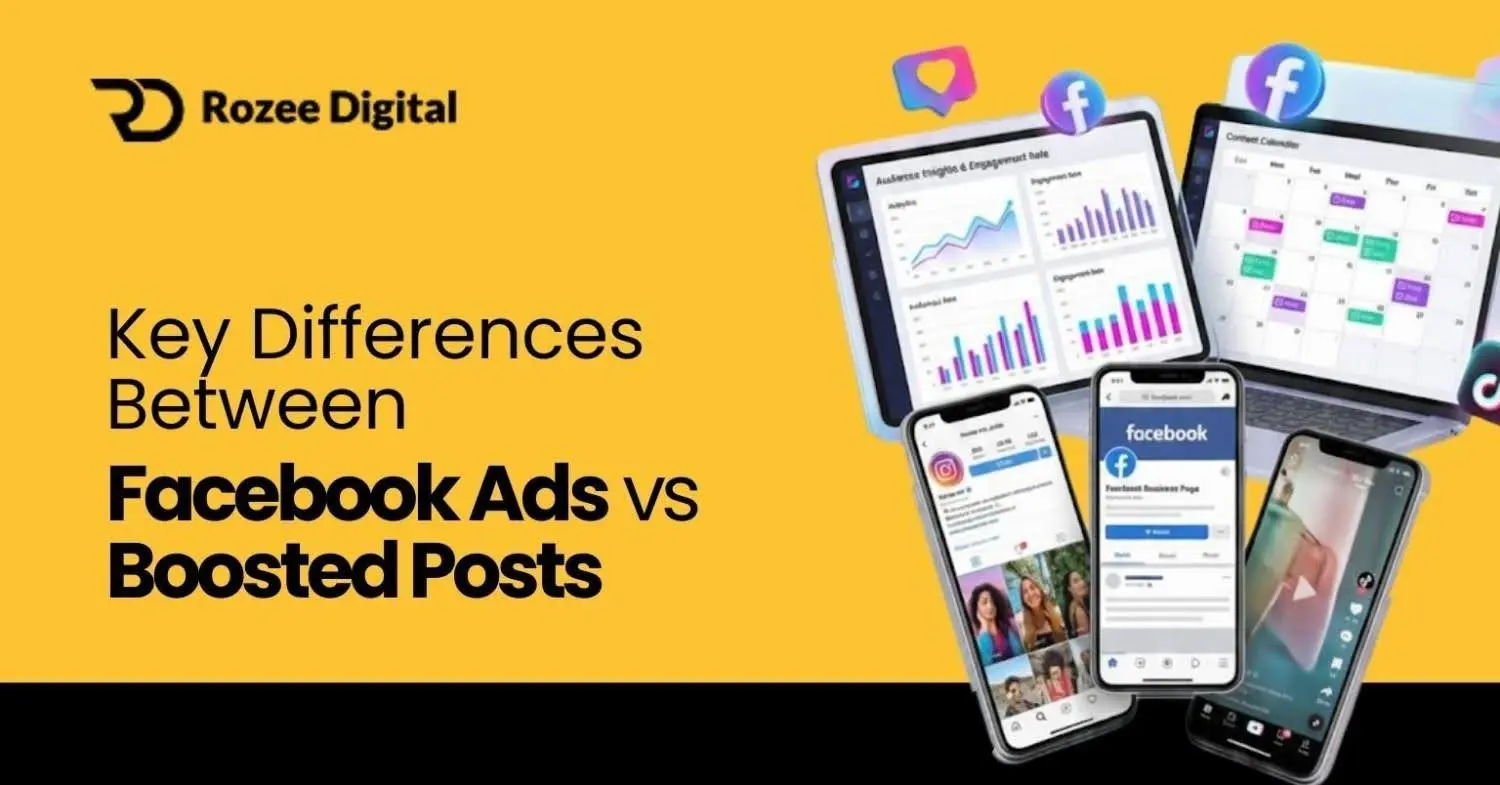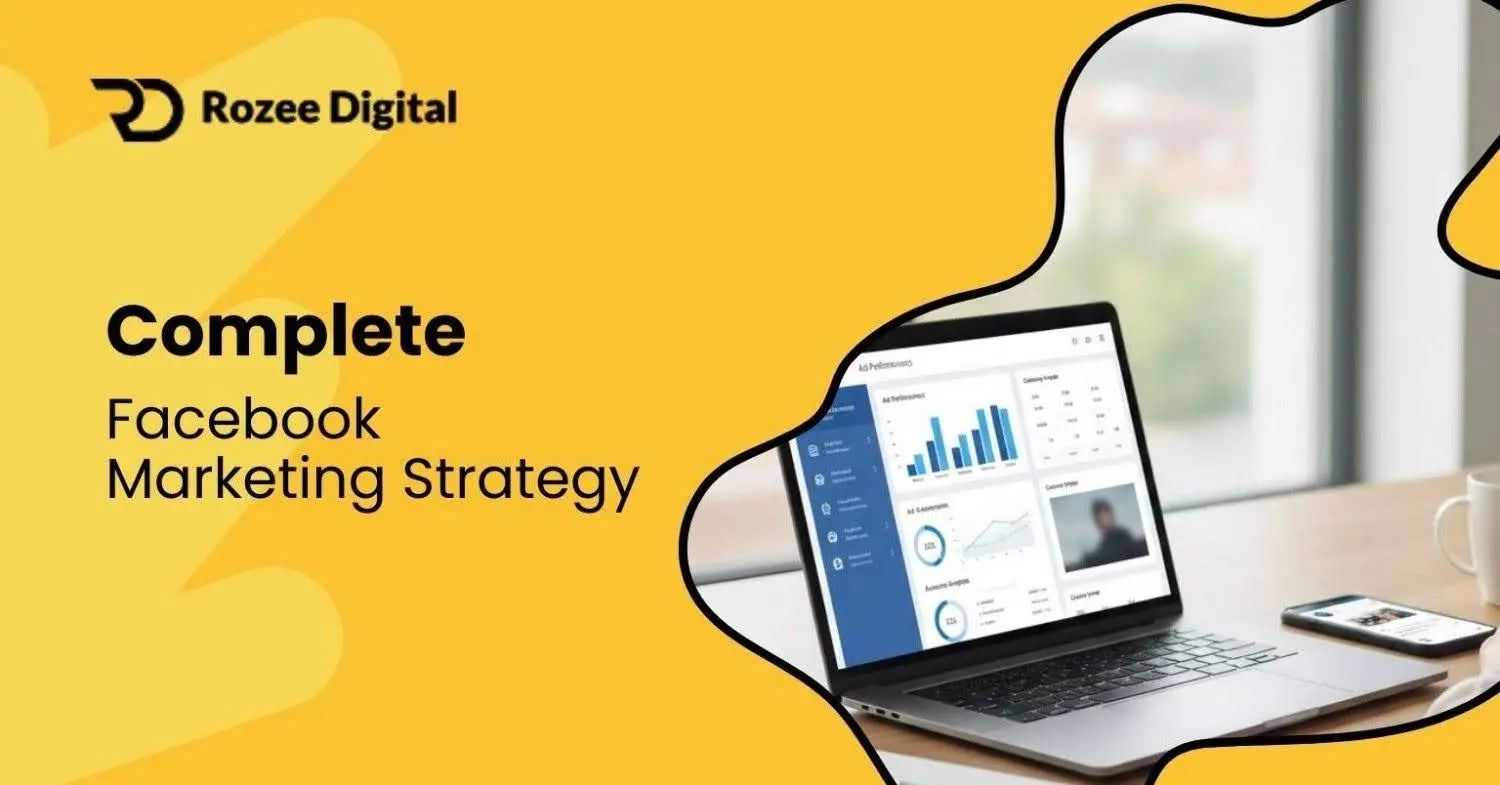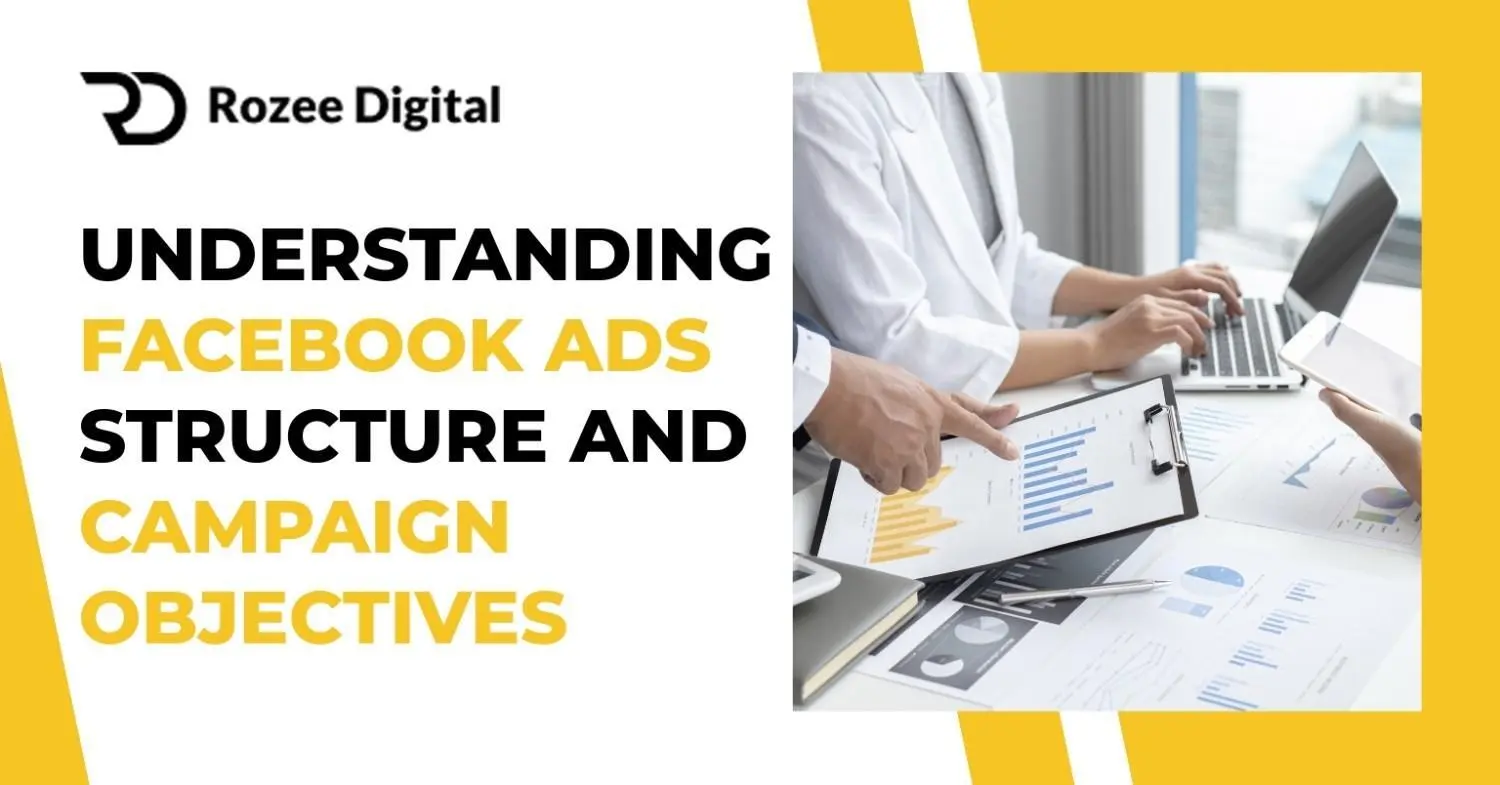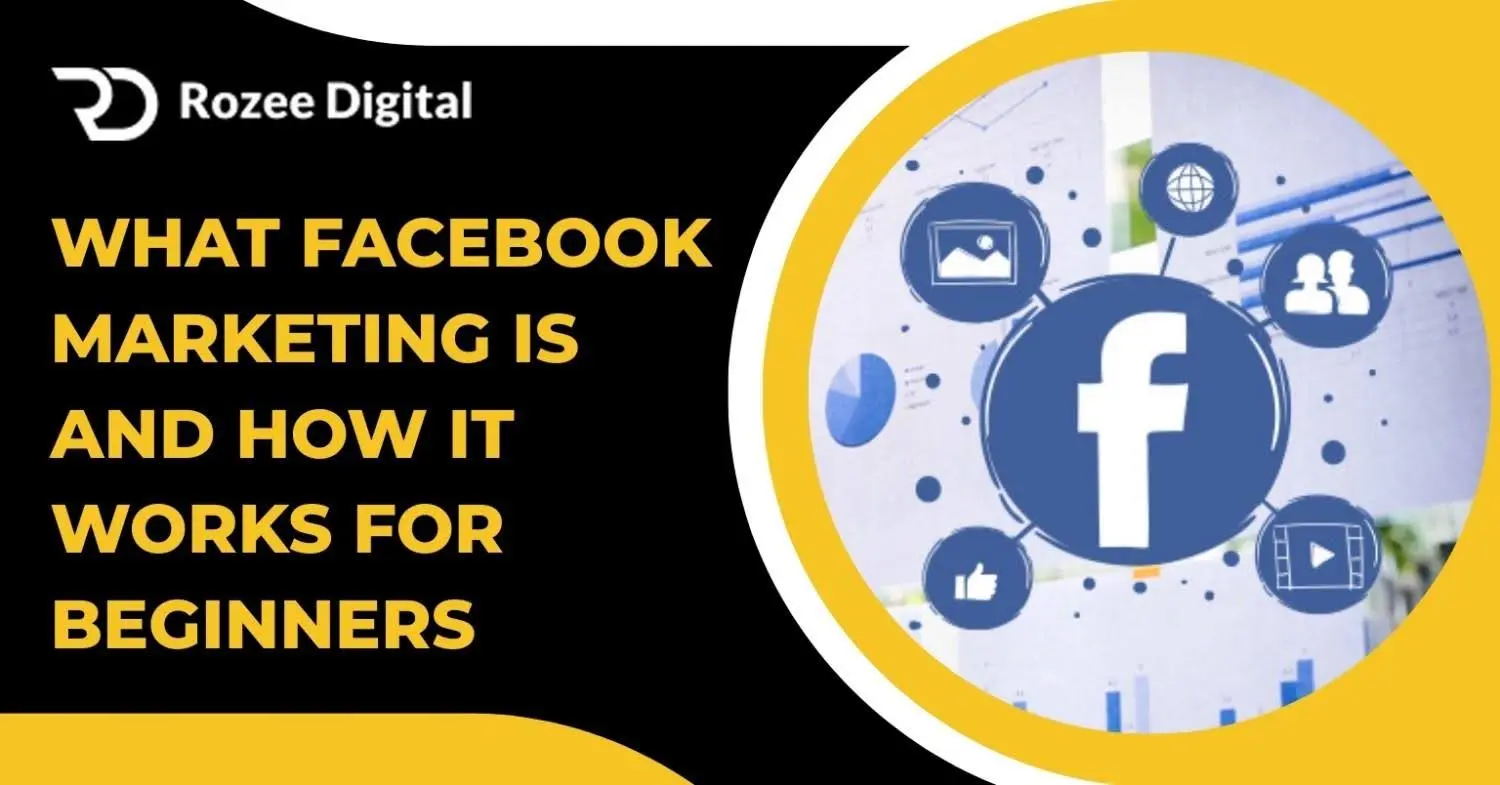
The Power of Search Engine Marketing
Introduction to Search Engine Marketing
In today’s digital landscape, search engine marketing plays a pivotal role in the success of e-commerce businesses. Search engine marketing refers to the practice of promoting websites and products through paid advertisements that appear on search engine results pages (SERPs). These ads are strategically placed to reach potential customers who are actively searching for relevant products or services.
Search engine marketing encompasses various techniques, including pay-per-click (PPC) advertising. With PPC advertising, businesses only pay when their ads are clicked by users. This cost-effective model allows e-commerce businesses to target their advertising efforts towards a specific audience, maximizing their return on investment (ROI).
Why Search Engine Marketing Matters for E-commerce
Search engine marketing is a vital tool for e-commerce businesses for several reasons.
First, it allows businesses to gain increased visibility in search engine results. By bidding on relevant keywords, businesses can ensure that their products or services are displayed prominently when users search for related terms. This increased visibility drives traffic to their websites, ultimately leading to more potential customers.
Second, search engine marketing offers precise targeting capabilities. E-commerce businesses can tailor their ads to reach a specific audience based on factors such as location, demographics, interests, and search behavior. This level of targeting ensures that the ads are shown to users who are more likely to be interested in the products or services being offered.
Third, search engine marketing provides measurable results. Through analytics and tracking tools, businesses can gather valuable data on ad performance, including click-through rates (CTR), conversions, and ROI. This data allows businesses to refine their marketing strategies, optimize their campaigns, and allocate their budgets more effectively.
Lastly, search engine marketing offers flexibility and scalability. Businesses have the ability to set their own budgets, control their spending, and adjust their campaigns in real-time based on performance. Whether it’s a small startup or a large e-commerce enterprise, search engine marketing can be tailored to suit the needs and resources of any business.
By harnessing the power of search engine marketing, e-commerce businesses can effectively reach their target audience, increase brand visibility, and drive traffic to their websites. The ability to precisely target potential customers, coupled with the measurable results and flexibility of search engine marketing, make it an essential tool for e-commerce success.
Understanding Pay-Per-Click Advertising
To unlock the secrets of search engine marketing, it’s crucial to understand the concept of pay-per-click (PPC) advertising. This section will delve into what PPC advertising is and the benefits it offers for e-commerce businesses.
What is Pay-Per-Click Advertising?
Pay-per-click advertising is a digital advertising model in which advertisers pay a fee every time their ad is clicked by a user. It is a way for businesses to buy visits to their website rather than relying solely on organic traffic.
In a PPC campaign, advertisers bid on specific keywords relevant to their products or services. When users conduct a search using those keywords, the search engine displays relevant ads. Advertisers only pay when their ad is clicked, hence the name “pay-per-click.”
PPC advertising platforms, such as Google Ads and Bing Ads, provide businesses with a platform to create and manage their PPC campaigns. These platforms offer various targeting options, including demographic targeting and audience targeting, allowing advertisers to reach their desired audience effectively.
The Benefits of Pay-Per-Click Advertising
PPC advertising offers several benefits that make it an effective marketing strategy for e-commerce businesses:
- Immediate visibility: With PPC advertising, businesses can gain immediate visibility in search engine results pages (SERPs) and reach potential customers who are actively searching for products or services.
- Targeted advertising: PPC platforms provide robust targeting options, allowing businesses to reach their desired audience based on factors such as demographics, interests, and online behavior.
- Measurable results: PPC advertising provides detailed metrics and insights, enabling businesses to track the performance of their campaigns. Metrics such as click-through rate (CTR), cost per click (CPC), and ad conversions help businesses analyze the effectiveness of their ads and make data-driven decisions.
- Flexible budgeting: PPC advertising allows businesses to set their own budget and control their ad spend. Advertisers can adjust their budget at any time and allocate more budget to top-performing campaigns.
- Ad testing and optimization: PPC platforms offer features for ad testing and optimization, allowing businesses to experiment with different ad variations, headlines, and calls-to-action. By testing and optimizing their ads, businesses can improve their ad performance and maximize their return on investment (ROI).
- Landing page optimization: A crucial component of a successful PPC campaign is landing page optimization. By directing users to relevant, well-designed landing pages, businesses can enhance the user experience and increase the likelihood of conversions.
By harnessing the power of pay-per-click advertising, e-commerce businesses can elevate their online presence, drive targeted traffic to their websites, and ultimately boost their sales and revenue.
In the next section, we will explore the key components of a successful search engine marketing campaign, including keyword research and selection, ad copy and design, and landing page optimization. Stay tuned to unravel more secrets of search engine marketing!
Components of a Successful Search Engine Marketing Campaign
To run a successful search engine marketing (SEM) campaign, several key components need to be considered. These include keyword research and selection, ad copy and design, and landing page optimization.
Keyword Research and Selection
Keyword research and selection are fundamental to a successful SEM campaign. It involves identifying the keywords or key phrases that are relevant to your products or services and likely to be used by your target audience when searching online. By understanding the search terms your potential customers use, you can optimize your ads to appear when they are actively looking for what you offer.
The goal of keyword research is to find a balance between relevance and search volume. Using tools like Google Ads Keyword Planner or other keyword research tools, you can identify keywords that have a high search volume and are closely related to your business. Consider using long-tail keywords, which are more specific and have a higher chance of attracting quality traffic.
Remember to continuously review and update your keyword list to capture emerging trends, adapt to changes in customer behavior, and stay ahead of your competition. For more information on PPC keyword research, check out our article on ppc keyword research.
Ad Copy and Design
Once you have selected your keywords, it’s time to create compelling ad copy and design. Your ad copy should be concise, clear, and engaging, with a strong call-to-action that encourages users to click on your ad. It’s essential to highlight the unique selling points of your products or services and emphasize the value you offer to potential customers.
In terms of design, consider using eye-catching visuals and relevant ad extensions to enhance your ad’s visibility and appeal. Ad extensions allow you to include additional information, such as site links, callouts, or ratings, which can increase your ad’s click-through rate and overall performance.
To optimize your ad copy and design, consider conducting ad testing to identify what resonates best with your audience. This involves creating multiple variations of your ads and comparing their performance metrics, such as click-through rate (CTR) and conversion rate. By testing different elements, such as headlines, descriptions, or visuals, you can refine your ads and improve their effectiveness. Learn more about ad testing in our article on ad testing.
Landing Page Optimization
A well-optimized landing page is crucial for converting ad clicks into desired actions, such as sales or lead generation. When users click on your ad, they should be directed to a landing page that is relevant to their search query and provides a seamless user experience.
To optimize your landing page, ensure that it aligns with the intent of the user’s search and delivers what was promised in the ad. Make sure the landing page is visually appealing, easy to navigate, and loads quickly. Use persuasive and concise copy to highlight the benefits of your products or services and provide clear calls-to-action that guide users towards the desired action.
Consider implementing landing page optimization techniques such as A/B testing, where you create multiple versions of your landing page and compare their performance metrics. This can help you identify which elements, such as headlines, images, or forms, are more effective in driving conversions. For more information on landing page optimization, check out our article on landing page optimization.
By focusing on these key components – keyword research and selection, ad copy and design, and landing page optimization – you can enhance the effectiveness of your SEM campaign and increase the chances of achieving your desired outcomes. Remember to continuously monitor and optimize your campaign performance to ensure ongoing success.
Choosing the Right Search Engine Marketing Platform

When it comes to search engine marketing, selecting the right platform is essential for reaching your target audience effectively. While there are various platforms available, three popular options are Google Ads, Bing Ads, and a range of other platforms to consider.
Google Ads
Google Ads, formerly known as Google AdWords, is the most widely used search engine marketing platform. With a vast reach and numerous targeting options, it allows businesses to display ads on Google’s search engine results pages (SERPs) and across their extensive network of partner websites.
One of the key advantages of Google Ads is its ability to target a massive user base. By utilizing Google’s audience targeting capabilities, businesses can narrow down their reach based on demographics, interests, and search behavior, ensuring their ads are shown to relevant users. For more information on Google Ads, check out our article on Google AdWords.
Bing Ads
Bing Ads is another prominent search engine marketing platform that allows businesses to display ads on the Bing search engine, as well as Yahoo and AOL. While Bing’s market share is smaller compared to Google, it still reaches a significant number of users and can be a valuable addition to your marketing strategy.
Bing Ads offers similar targeting options to Google Ads, allowing businesses to refine their audience based on demographics, location, and search behavior. By running campaigns on Bing Ads, businesses can tap into a different user base and potentially reach audiences that may not be as active on Google. To learn more about Bing Ads, visit our article on Bing Ads.
Other Platforms to Consider
In addition to Google Ads and Bing Ads, there are several other search engine marketing platforms worth considering. These platforms provide different advertising opportunities and may cater to specific demographics or industries. Some popular options include social media platforms like Facebook Ads, Instagram Ads, and LinkedIn Ads, as well as video platforms such as YouTube Ads.
When choosing the right platform, it’s crucial to consider your target audience, budget, and marketing goals. Different platforms offer unique features and strengths, and selecting the most suitable one can greatly impact the success of your search engine marketing campaigns. Explore the various options available and assess which platforms align with your business objectives.
By carefully evaluating the strengths and capabilities of Google Ads, Bing Ads, and other platforms, businesses can make informed decisions about the most appropriate platform for their search engine marketing efforts. Each platform offers its own set of benefits and considerations, so it’s important to weigh your options and select the platform that aligns best with your business goals and target audience.
Tips and Strategies for Effective Search Engine Marketing

To ensure the success of your search engine marketing (SEM) campaigns, it’s essential to implement effective strategies and set realistic goals. Here are some key tips to consider when optimizing your SEM efforts:
Setting Realistic Goals and Budget
Before diving into your SEM campaigns, it’s crucial to establish clear and realistic goals. Determine what you want to achieve through your advertising efforts, whether it’s increasing website traffic, generating leads, or boosting sales. By setting specific and measurable goals, you can track your progress and make necessary adjustments along the way.
Equally important is setting a realistic budget for your SEM campaigns. Consider factors such as your target audience size, competition, and the cost per click (CPC) for your chosen keywords. Allocating an appropriate budget ensures that you have the necessary resources to reach your goals effectively.
Monitoring and Optimizing Campaign Performance
Regularly monitoring and optimizing the performance of your SEM campaigns is vital for achieving success. Keep a close eye on key metrics such as click-through rate (CTR), conversion rate, and cost per conversion. Use analytics tools provided by the search engine platforms, such as Google Ads or Bing Ads, to gain insights into the performance of your campaigns.
Based on the data you gather, make data-driven decisions to optimize your campaigns. Identify underperforming keywords or ad copies and refine them to improve their effectiveness. Consider conducting ad testing to determine which variations yield the best results. Implement audience targeting strategies to reach your desired audience effectively. By continuously monitoring and optimizing your campaigns, you can maximize your return on investment (ROI) and improve your campaign performance over time.
Integrating Search Engine Marketing with Other Marketing Channels
To get the most out of your SEM efforts, it’s crucial to integrate them with other marketing channels. By combining SEM with tactics such as social media advertising, display advertising, or email marketing, you can create a cohesive and comprehensive marketing strategy.
For instance, you can use social media ads on platforms like Facebook, Instagram, or LinkedIn to reach a wider audience and drive traffic to your website. Display advertising allows you to showcase visually appealing ads on various websites to increase brand visibility. By integrating SEM with other marketing channels, you can create a strong online presence and engage with your target audience across multiple touchpoints.
Remember to track the performance of each marketing channel to understand how they contribute to your overall marketing goals. This will help you optimize your strategies and allocate your resources effectively.
By following these tips and implementing effective strategies, you can elevate your e-commerce success through search engine marketing. Remember to focus on setting realistic goals, monitoring campaign performance, and integrating SEM with other marketing channels. With a well-executed SEM strategy, you can increase your online visibility, drive relevant traffic to your website, and ultimately boost your e-commerce sales.






